“I love a little bit of Oud.”
Says literally everyone.
It’s a phrase that I hear a lot of in the west, and maybe you’re noticing that more and more people keep saying this. The truth is, a lot of the fragrances that people believe are oud, are very unlikely to be real oud at all. It’s much more probable that what they actually love is an Oud accord. An oud accord is a blend of synthetic notes that are intended to encapsulate the spirit of oud, without actually using oud itself. Oud accords are typically used in French perfumery.
Confession time: I too used to believe that some of the fragrances I owned were real oud, only to find out that they’re not. Oud Ispahan is an example of an oud accord. It’s a beautiful fragrance, no doubt, perhaps one of the best oud accords out there, but it’s still not real.
I’ve collected a fair amount of real oud throughout my travels around South East Asia and the Middle East, and it’s been an education for me. Put simply, real oud and oud accords are very easy to tell apart, because they smell so different.
I’ll write a separate post in the future about these differences but for the mean time, this post will focus on real oud only.
So what is real oud?
Real oud is a resin produced from an infected aquileria tree. Once a tree becomes infected, it produces a resin, and this resin is what we call oud or agarwood. It can take years, even decades for the infected tree to develop enough good quality resin. This fact alone makes oud a rare and precious commodity as it is, but then consider the fact that for a tree to even become infected in the first place is rare too.
So you might hear things like “oud is more expensive than gold”, and to a degree, that’s true. A 12ml bottle of oud can set you back thousands of pounds, and the highest quality wild oud chips can sell for more per gram than gold.
If real oud is so rare, how come it’s everywhere?
It sure does feel like oud is everywhere, doesn’t it? You know when something makes it to Primark, it’s very much in the public conscience. But real oud is not everywhere at all. Oud accord is. Unless of course, you’re reading this from somewhere in the Middle East, in which case, oud genuinely is everywhere, and you probably don’t need to be reading a post explaining what oud is!
To make things a little more complicated, there are different types of real oud too: there’s farmed oud and there’s wild oud.
You can probably guess the difference, but for the avoidance of any doubt, farmed oud is literally from a farm. They’ll plant aquileria trees in nice little rows, and once they reach a certain maturity, artificially infect the trees with disease, and wait (years) for the tree to develop enough resin to harvest. This is where the majority of real oud comes from, and helps to ensure there’s a relatively steady supply.
Wild oud can only be found in rainforests or jungles where the aquileria tree grows natively and naturally. The infection itself also occurs naturally too, and often, will have had decades to develop the resin we all crave. Naturally, this is the most expensive oud. Not only is the quality far superior, but the fact that it’s so rare ensures the price remains high.
And speaking of price, hopefully everything you’ve read so far goes some way to explaining why the price for oud or oud fragrances can vary so wildly. Primark’s £4 Rose Oud Fragrance was an oud accord, which explains why they could sell it so cheap. Ajmal, a leading oud brand from India, sell a 12ml bottled of farmed oud oil for around £100, whereas artisan oud producers who’ve found oud in the wild will sell a 12ml bottle for thousands of pounds.
What can oud be used for?
Generally, real oud is used in a number of ways:
- Perfumes – many Arab fragrance brands will blend real oud, usually farmed oud, with other fragrance notes and bottle them into spray perfumes.
- Perfume oil – to get oud oil out of the infected aquileria tree which has produced resin, it goes through a distillation process to extract oud oil. The oil is either applied directly to skin or used in spray perfumes.
- Incense – oud resin is burned to release fragrant smoke. You may see people claim bakhoor is oud – this simply isn’t true. I’ll explain why in another post.
Where does real oud come from?
Given its association with the Middle East, and its popularity there, one might reasonably assume oud comes from the Middle East. But, as I’ve been telling people for years now, no it doesn’t. The Middle Eastern nations, particularly in the gulf region, are simply consumers of it, most likely as a result of the Prophet Muhammad’s love for it.
The Aquileria tree itself is actually native to South Asia and South East Asia, most likely to grow in forested and rainforest areas in India, Malaysia, Cambodia, Burma, Laos, Indonesia, Vietnam and even The Philippines and Thailand. The tree thrives in humid, tropical weather, and the Middle East generally doesn’t have weather conditions suited to it, whereas South East Asia very much does.
Fascinatingly enough, and perhaps adding to the mystery and the allure of oud, each geographical region produces it’s own unique and distinguishable smell, with its own set of characteristics.
What does real oud actually smell like?
I’ll try to summarise this in just a few paragraphs, but in truth, the answer is so nuanced, you could probably write a book about this question alone.
In a nutshell, it can smell warm, dark, deeply woody, resinous, leathery, smoky, sweet, syrupy, sometimes animalic and occasionally fecal. It’s a deeply complex aroma, that comes at you in layers and always develops over time. So before buying any real oud oils or fragrance in store, always allow it to develop and interact with your skin chemistry.
The animalic, sometimes fecal, aroma can be quite off-putting for a lot of people. That’s fine, everyone has their own tastes, but you should know that this generally fades fairly quickly, and actually I find that it’s part of the charm and mystique that comes with oud. It could very well be described as an acquired taste.
Some describe the smell of real oud as meditative which I strongly agree with. It sometimes feels to me like even just wearing it, you’re reconnecting with nature, going back to a time in human history where things were simpler, less complicated. It smells real.
My own description likely does a disservice to real oud, as oud smells different on each individual and has a different impact. It does also depend on various different factors: whether it’s farmed or wild, the region that it came from, distillation methods used in production, length of time its aged for, length of time the tree was infected for. This is why oud enthusiasts go all in on it.
Where can I buy real oud from?
If you’re in the Middle East or India you can easily buy farmed oud from Ajmal, who own oud farms. Their oud is farmed oud, meaning it wasn’t naturally infected, but they’re the ‘go to’ brand for individuals and even fragrance houses across the Middle East.
If you just so happen to be filthy rich though, I’d recommend finding a high end dealer of oud, and getting your grubby mitts on some wild oud.
What oud should I buy as a beginner?
For real oud beginners, I’d recommend oud from Cambodia, also known as Cambodi Oud. It’s probably the least intense of the ouds, is a little fruitier and sweeter and its relative lightness gives it versatility, meaning you can easily wear it during the day without it feeling heavy or overbearing.
On my recent trip to Tioman Island, the only perfume I wore was a Cambodi Oud that I purchased from Murooj Al Oud in Kuala Lumpur, who I’d highly recommend for real oud. It left a nice trail behind me that caused a couple of locals to ask me what it was!
What about wild oud?
Wild Oud deserves a whole post of its own, so I’ll save my recommendations for another post! But be warned, it is not cheap.


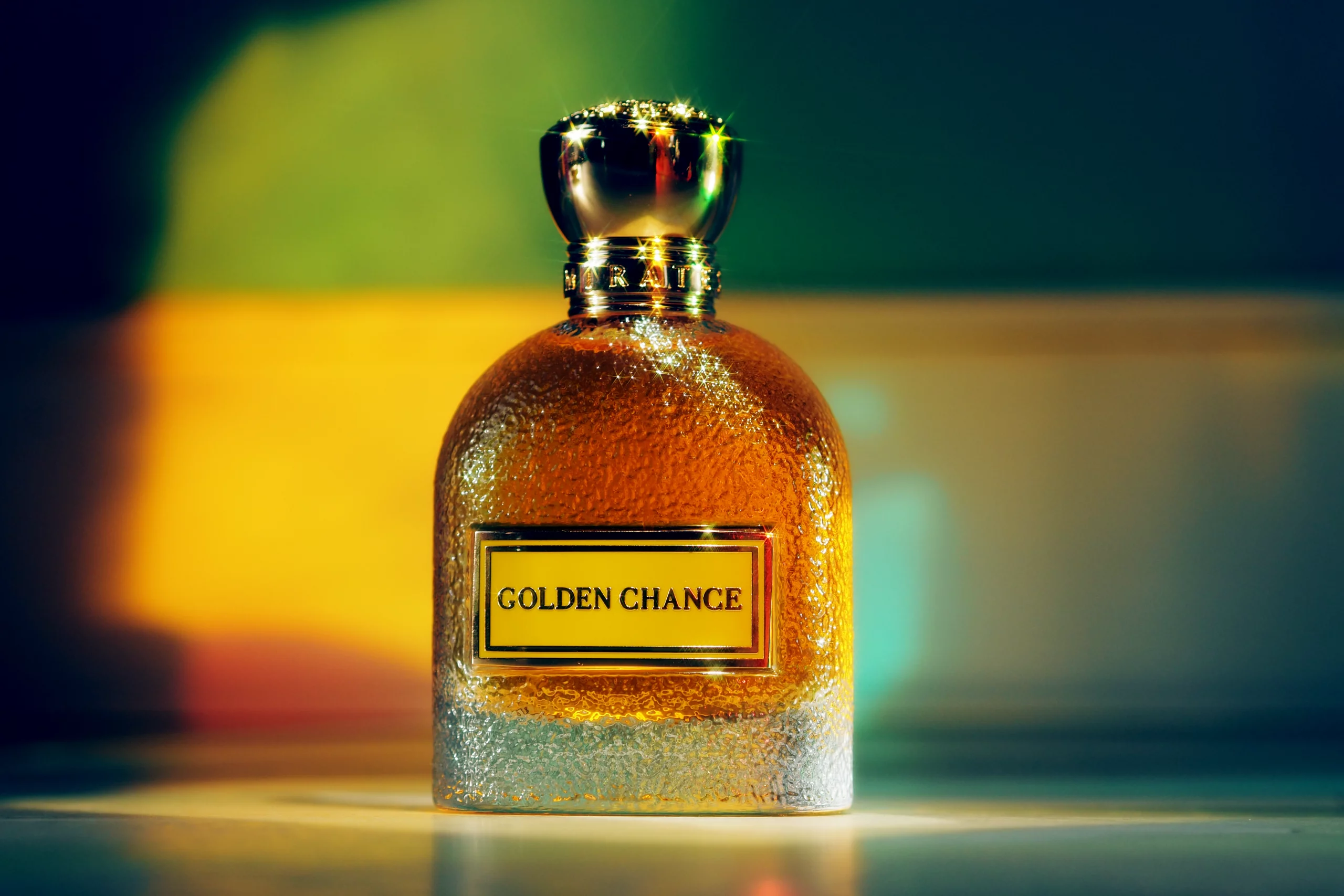
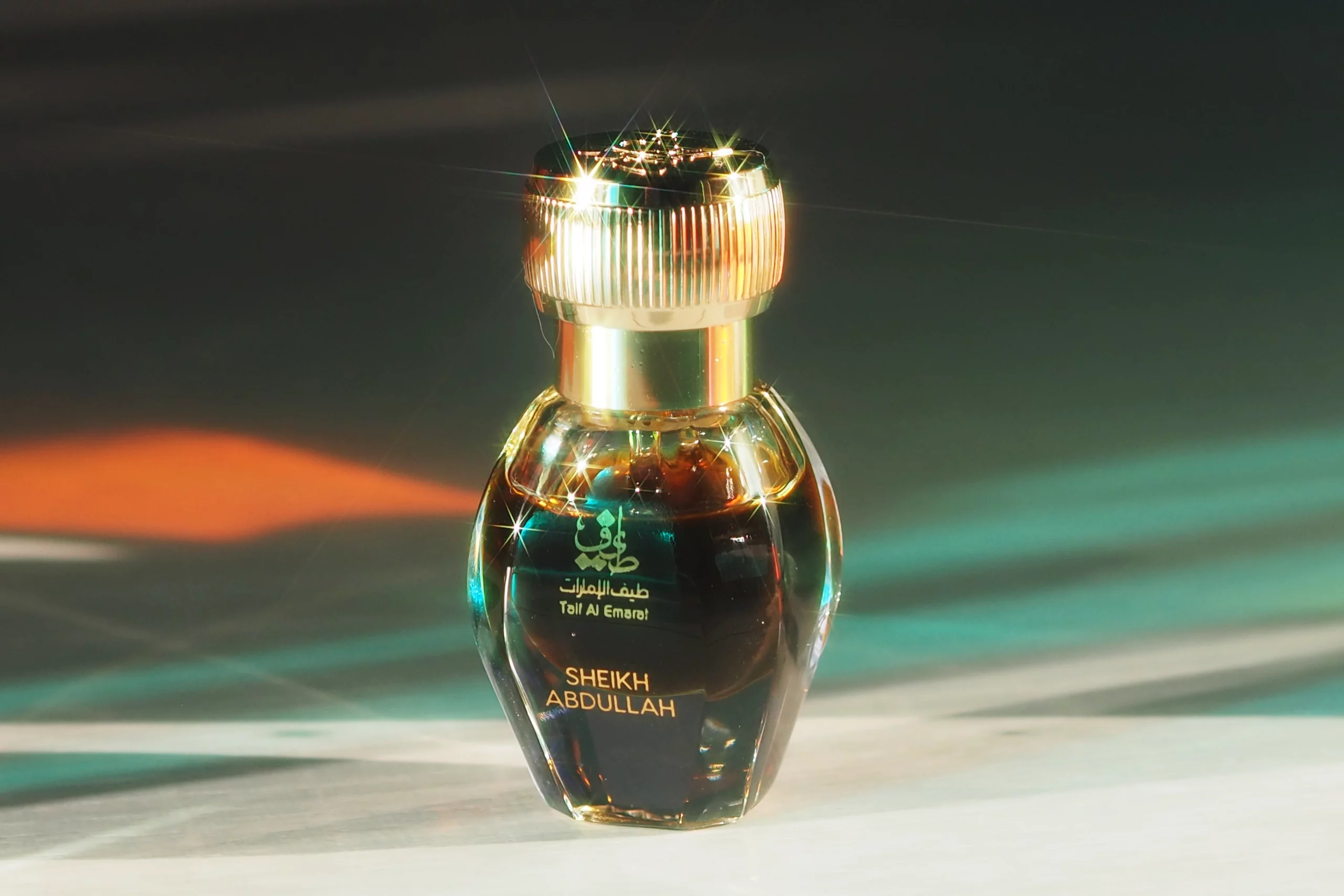
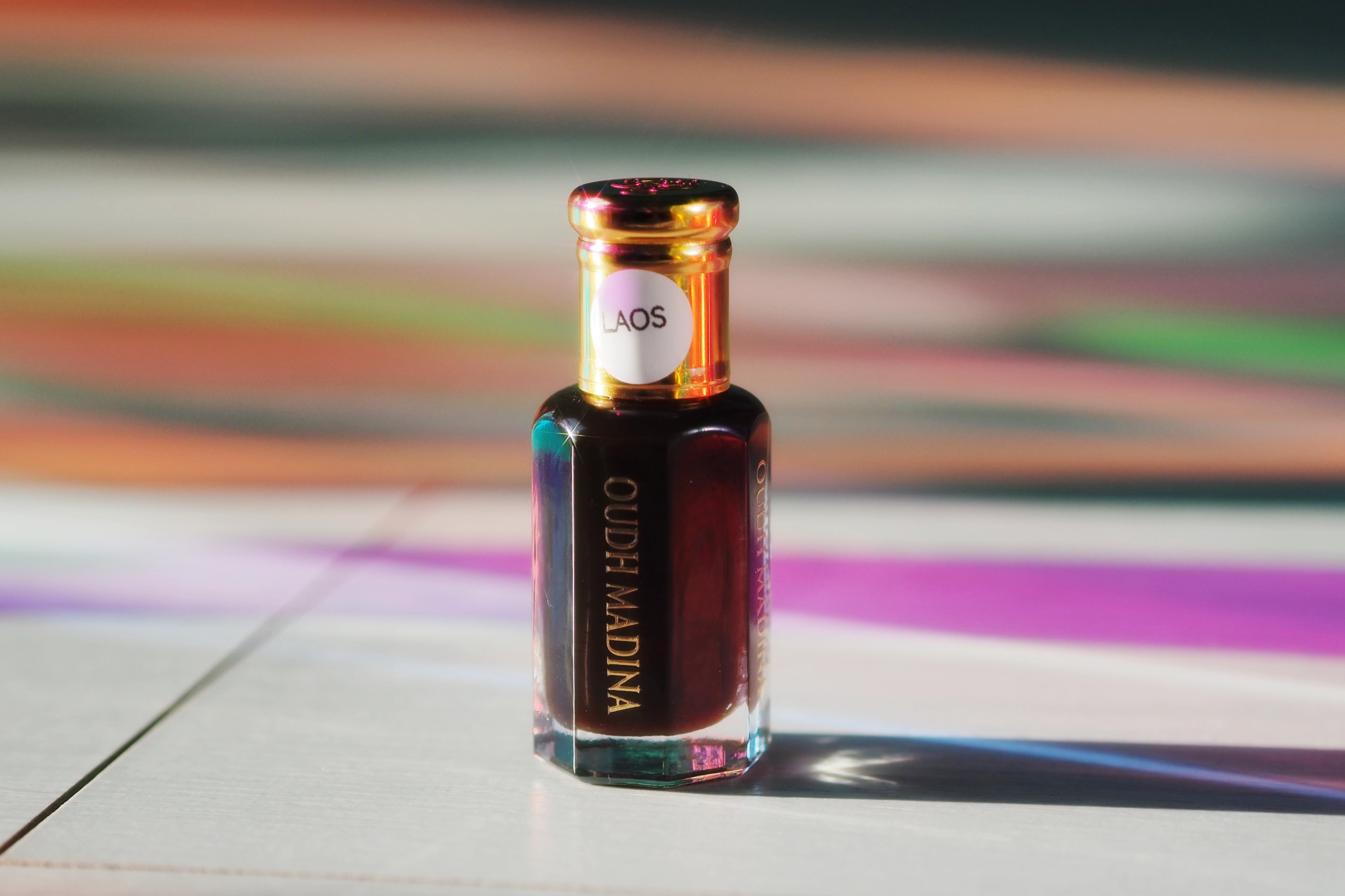
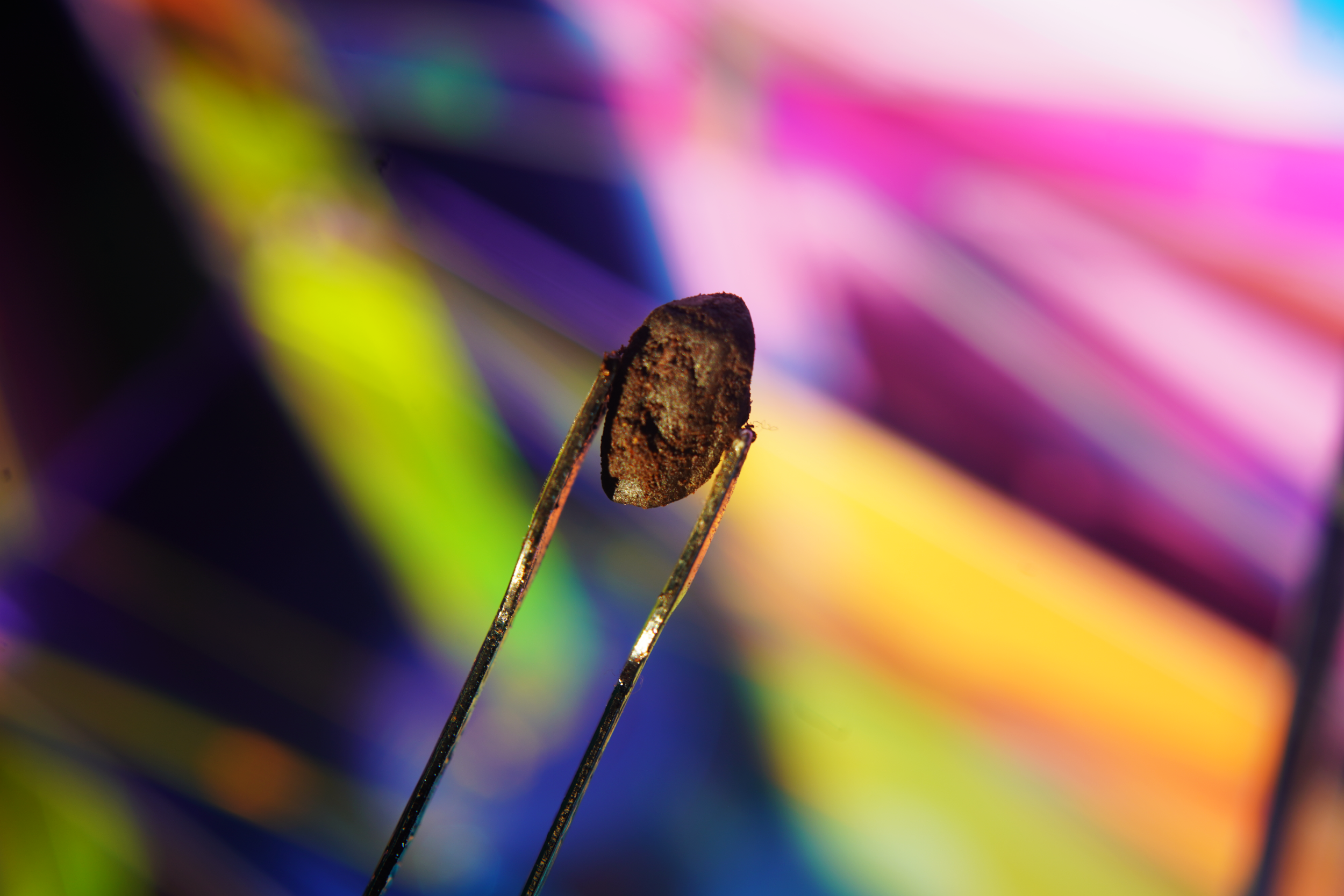
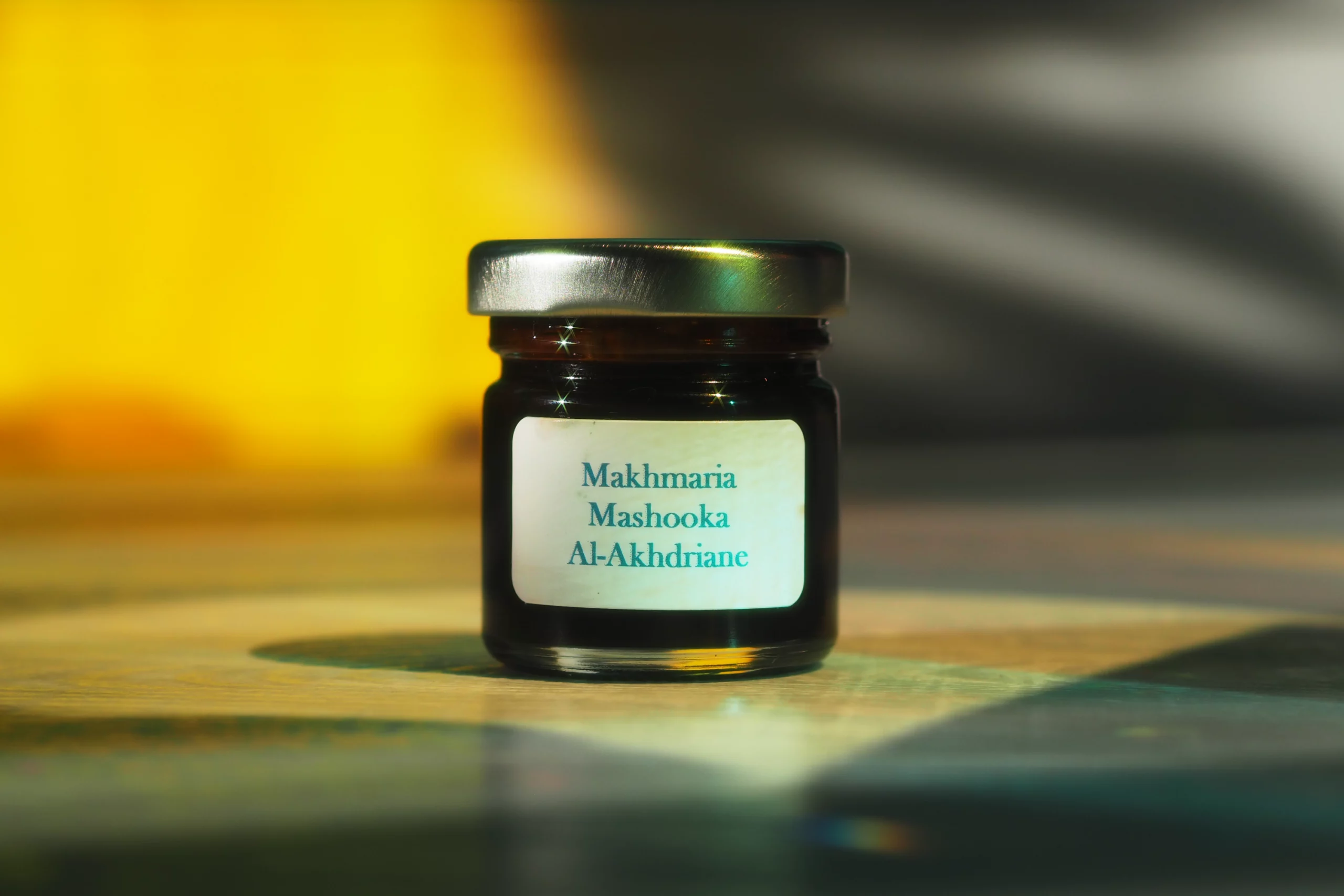
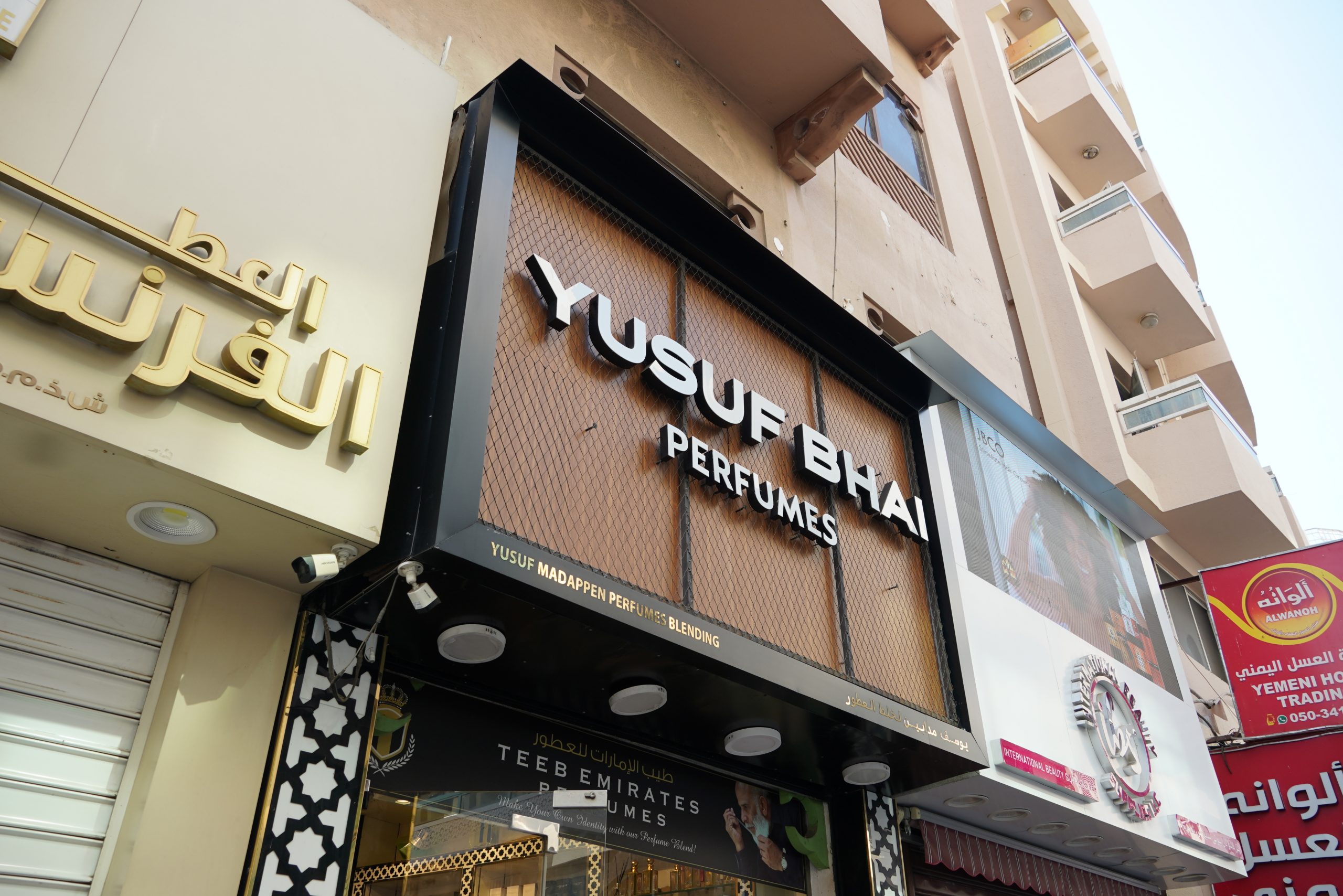
Kizzy
September 19, 2025I had no knowledge of Oud before this post but, I learned quite a bit. I didn’t realise oud in many products is just oud accord and that real oud can be so expensive. I enjoyed learning that, makes me more aware now when I see it in perfumes. Brilliant post 👏🏽👏🏽